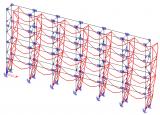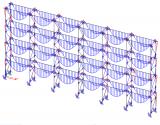Highlights
- Easy-to-use modelling of special types of structural members.
- Tension/compression only elements
- Elements with Initial stress
- Gap elements
- Limit force elements
- Nonlinear behaviour of supports and hinges
This module allows local non-linear behaviour of frame structures. It also allows to use non-linear supports and hinges for the analysis.
Tension/Compression only members
Analysis of the structure with the possibility to define members capable of resisting only to tension or compression forces. A practical application is the elimination of compression in wind bracing.
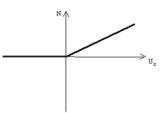
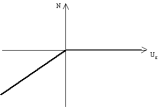
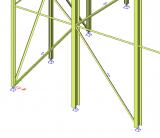
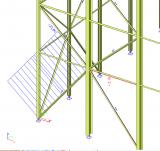
Limit force members
This feature may be useful if a 1D member is capable of bearing tension (or compression) force up to a certain limit, specified by the user. When the limit value is reached, two types of behaviour may be selected by the user: (i) the 1D member loses its stability and its bearing capacity drops to zero, or (ii) plastic behaviour get into action and the element carries not more than the limit force value.

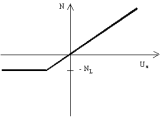
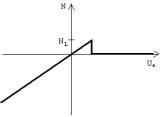
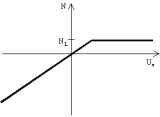
Initial stress
In slender structures the axial force in a 1D member may have a big effect on the stiffness of the overall structure and the stiffness of its parts. In general, tensile force increases the stiffness and compression force reduces the stiffness of the structure.
It is possible to define initial pre-stressing forces in individual 1D members. These forces are considered constant along the whole 1D member. The effect of initial pre-stressing can be taken into account in ALL or NONE nonlinear combination. In addition, also buckling calculation and dynamic free vibration analysis may take account of initial pre-stressing.
Gap elements
There are various connection and support conditions used in a real structure. It may happen that a 1D member is not attached rigidly to the structure but "starts its action" only after some initial change of its length. The behaviour of such a beam is defined by the absolute value of the initial "slip". The member starts to transfer the load only after its elongation or shortening reaches the input value. There are three options available:
no tension - Modelling e.g. the instant when a 1D member is “leaned” against a support.
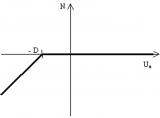
no compression - Modelling e.g. a free rope
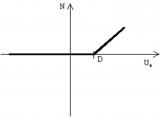
free in both directions - E.g. a scaffold pipe.
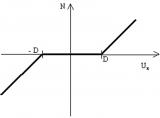
Non-linear hinges/supports
Analysis of the structure with the possibility to define non-linear springs in supports or hinges (e.g., semi-rigid connections). For each degree of freedom (X, Y, Z, Rx, Ry, Rz) a nonlinear function can be input. The function specifies the relation between moment and rotation or force and displacement.

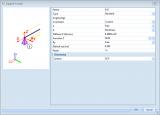
Non-linear function manager
Non-linear function that specifies the behaviour of a non-linear support/hinge can be defined in a standard SCIA Engineer database manager. The function itself consists of a positive and negative branch. The function must always pass the zero point, i.e., the zero displacement must correspond to zero force.

Example of use of non-linear springs in pallet racking
